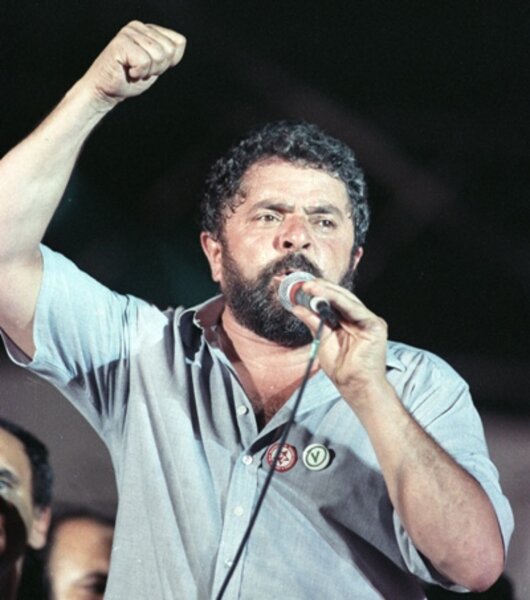In the 1970s, Brazilian industrial workers conducted a series of strikes calling for higher wages. This was the first time workers organized on a wide scale in Brazil, in defiance of the military dictatorship. The industrial working class was no longer willing to accept government-controlled unions, writes Riordan Roett, a political scientist at the Johns Hopkins's Nitze School of Advanced International Studies in Washington.
Laborers argued that the government falsified inflation numbers between 1973 and 1974, and thus demanded wage restitution. In 1977 the government admitted inflation had been underreported spurring further uprisings and demands from Brazil’s industrial laborers. In 1979, more than 170,000 metalworkers paralyzed the three main industrial suburbs of São Paulo, then known as the ABC region. The state intervened to bring large-scale striking to a halt, but it turned into a violent confrontation between armed forces and the unions. Strikes continued in the south of Brazil and in the fall of 1979 the government agreed to a new wage law that adjusted wages every six months.
“These strikes marked the beginning of the end of the dictatorship,” says Brodwyn Fischer, a history professor at Northwestern University in Evanston, Ill. Strikes were led primarily by the metalworkers union, under the leadership of Luiz Inacio da Silva, known as Lula. They marked the creation of Brazil’s Worker’s Party (PT), which is one of the nation's main political parties today. Mr. da Silva went on to serve as Brazil’s president between 2003 and 2010.





